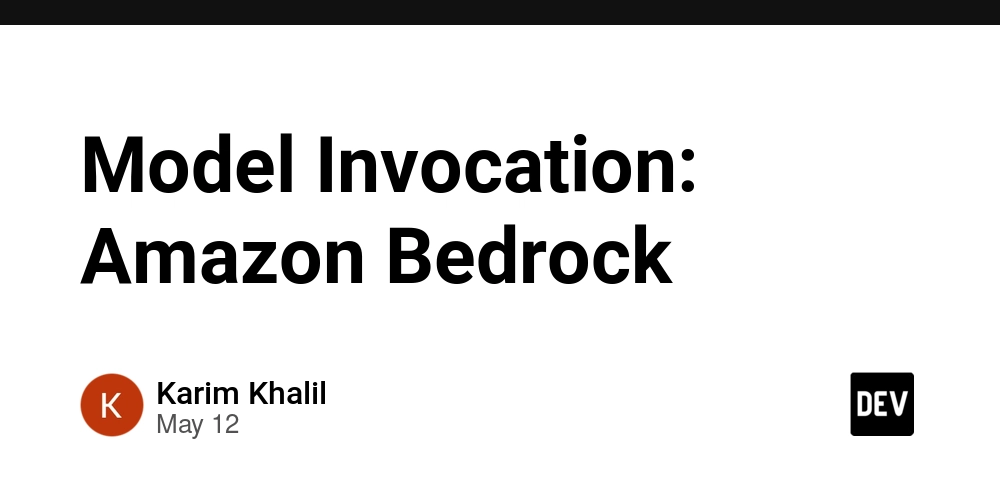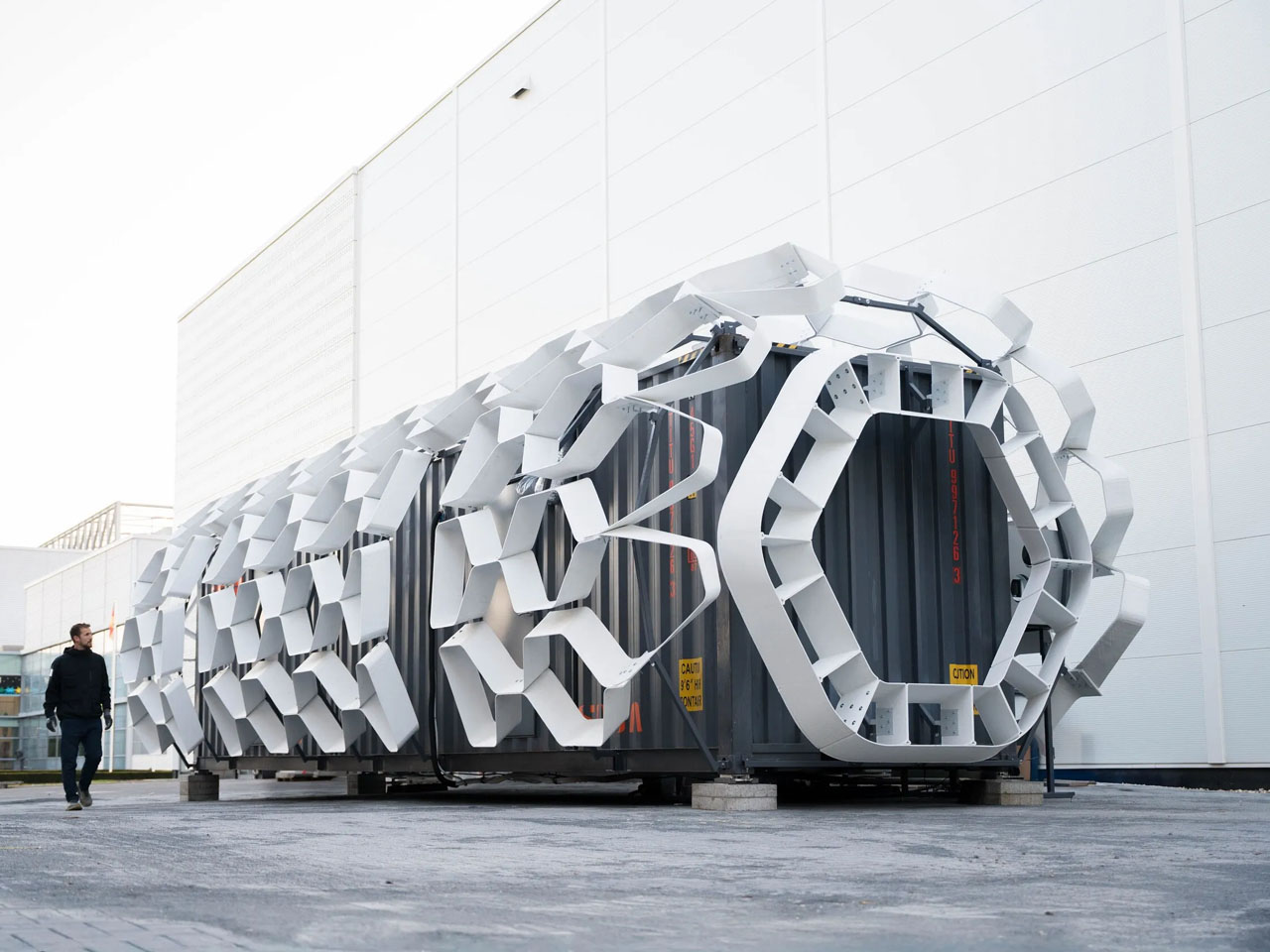A Gentle Guide to Preventive Maintenance and Maintenance Plans
How to design a smart preventive maintenance program and build a solid maintenance plan to increase efficiency and reduce breakdowns.

In the world of machinery, tools, and systems, just like in life, a little foresight can go a long way. Preventive maintenance isn't just a fancy phrase—it's a mindset, a proactive approach to caring for the things we rely on every day. With a thoughtful maintenance plan, we can keep systems running smoothly, reduce unexpected disruptions, and enjoy a more efficient, stress-free environment.
This article takes a soft and simple look at what preventive maintenance means, how to build a practical maintenance plan, and why it's such a valuable habit for long-term success.
What Is Preventive Maintenance?
Imagine taking your car for regular check-ups, even when it seems to be running fine. That’s preventive maintenance—taking steps before problems arise. It’s the routine care and inspections we carry out on equipment or systems to keep them from breaking down unexpectedly.
Preventive maintenance focuses on:
-
Regular inspections
-
Timely replacements of worn parts
-
Cleaning and tuning
-
Avoiding emergency repairs
It’s like nurturing a plant—consistent, gentle care leads to a healthy, thriving result.
Why Is Preventive Maintenance Important?
Here are a few quiet but powerful reasons to embrace preventive maintenance:
-
Reduces breakdowns and unscheduled downtime
-
Improves safety for users and operators
-
Extends equipment life, saving money over time
-
Increases productivity by minimizing disruptions
-
Lowers repair costs, since major issues are avoided
A little effort now can mean a lot less stress later.
Understanding a Maintenance Plan
A maintenance plan is your roadmap for applying preventive maintenance consistently. It lays out what needs to be done, when, and by whom.
Think of it as a recipe that ensures nothing is missed. It brings clarity and calm to what could otherwise become chaos.
What Does a Maintenance Plan Include?
A good maintenance plan should cover:
-
List of assets and equipment to maintain
-
Maintenance schedules (daily, weekly, monthly, annually)
-
Tasks and procedures for each maintenance action
-
Assigned personnel or teams for each task
-
Checklists to ensure consistency
-
Record-keeping to track actions taken
-
Tools and materials needed
Building a Simple and Effective Maintenance Plan
Creating a maintenance plan doesn’t have to be overwhelming. Here’s a step-by-step path to get started.
1. Identify the Equipment
Start by listing every piece of equipment, system, or infrastructure that needs maintenance. Include even the small tools—everything matters.
2. Know Your Equipment
Understand how each item operates and what its maintenance needs are. This includes reading manuals, speaking with users, and studying maintenance histories.
3. Create Maintenance Schedules
Decide how often each task should be done:
-
Daily tasks: Inspections, lubrication, basic cleaning
-
Weekly tasks: Filter checks, small adjustments
-
Monthly tasks: Deep cleaning, wear-and-tear checks
-
Annual tasks: Full inspections, parts replacements
4. Define Clear Procedures
Write simple instructions for each task. Make them clear enough that anyone can follow them.
5. Assign Responsibilities
Decide who is in charge of each task. Accountability helps ensure things get done.
6. Track Everything
Use logs, apps, or spreadsheets to track completed tasks. This helps spot patterns and catch missed steps early.
Preventive Maintenance Tips and Best Practices
A few kind habits can make your preventive maintenance program more effective:
-
Stay consistent: Make it a routine, not a reaction.
-
Use checklists: Simple but powerful in ensuring nothing is skipped.
-
Train your team: The more they know, the better they perform.
-
Listen to your equipment: Unusual noises or performance dips are early signs.
-
Schedule downtime: Pick the least disruptive times to perform maintenance.
-
Review regularly: Adjust your maintenance plan as systems age or needs change.
Common Preventive Maintenance Tasks
Here’s a list of typical tasks found in a well-rounded preventive maintenance routine:
-
Checking oil and fluid levels
-
Replacing filters and belts
-
Cleaning vents and fans
-
Inspecting for corrosion or leaks
-
Testing safety systems and alarms
-
Lubricating moving parts
-
Calibrating instruments and sensors
-
Tightening bolts and fittings
Even small actions matter.
Challenges in Preventive Maintenance (And How to Overcome Them)
Every plan has its bumps in the road. Here are some common challenges and gentle ways to handle them:
1. Lack of Time
Solution: Plan maintenance during off-hours or lighter workdays.
2. Limited Resources
Solution: Prioritize high-risk or high-use equipment first.
3. Resistance to Change
Solution: Involve your team in planning and explain the benefits clearly.
4. Inconsistent Follow-through
Solution: Use simple tracking tools and celebrate consistent habits.
5. Forgotten Tasks
Solution: Set reminders and automate scheduling wherever possible.
Benefits of Preventive Maintenance
Still wondering if it’s worth the effort? Let these benefits speak for themselves:
-
Fewer breakdowns and emergencies
-
More predictable budgeting
-
Safer workplaces
-
Better customer satisfaction
-
Longer equipment life
-
Increased team confidence and morale
Key Elements of a Good Maintenance Plan
Let’s revisit the essentials for a well-crafted maintenance plan:
-
Clear documentation
-
Practical scheduling
-
Routine inspections
-
Defined roles and tasks
-
Record-keeping system
-
Easy-to-follow instructions
-
Room to adapt
These pieces fit together like a puzzle. Each supports the others.
Preventive Maintenance in Everyday Life
Though we’ve talked a lot about equipment, preventive maintenance isn’t just for machines. It applies to everyday life too:
-
Flossing to avoid dental problems
-
Stretching to prevent injuries
-
Backing up files to prevent data loss
-
Servicing a bicycle before long rides
When we look after things with care, they return the favor.
The Mindset of Maintenance
At its heart, preventive maintenance is about mindfulness. It’s about noticing things before they go wrong, about planning ahead with a calm and caring touch.
A thoughtful maintenance plan turns worry into action, and emergencies into non-events. It’s one of those small habits that leads to big peace of mind
Final Thought:
Start simple. Stay consistent. A kind habit of preventive maintenance and a clear maintenance plan are gifts to your future self. With a little planning and care, you'll keep things running just the way they should.
FAQs
1. What is the difference between preventive and reactive maintenance?
Preventive maintenance is done before something breaks, while reactive maintenance happens after a problem occurs.
2. How often should preventive maintenance be performed?
It depends on the equipment. Some tasks are daily, others weekly, monthly, or annually. A good maintenance plan will lay this out.
3. Can I do preventive maintenance myself?
Yes, for many tasks! Basic checks, cleaning, and simple replacements are easy with the right guidance.
4. What if I don’t have time for maintenance?
Start small. Even 10 minutes a day can make a difference. Prioritize the most critical equipment first.
5. Do I need software to manage a maintenance plan?
Not necessarily. While software helps, even a paper checklist or spreadsheet can be effective if used consistently.














_Piotr_Adamowicz_Alamy.jpg?width=1280&auto=webp&quality=80&disable=upscale#)





















































